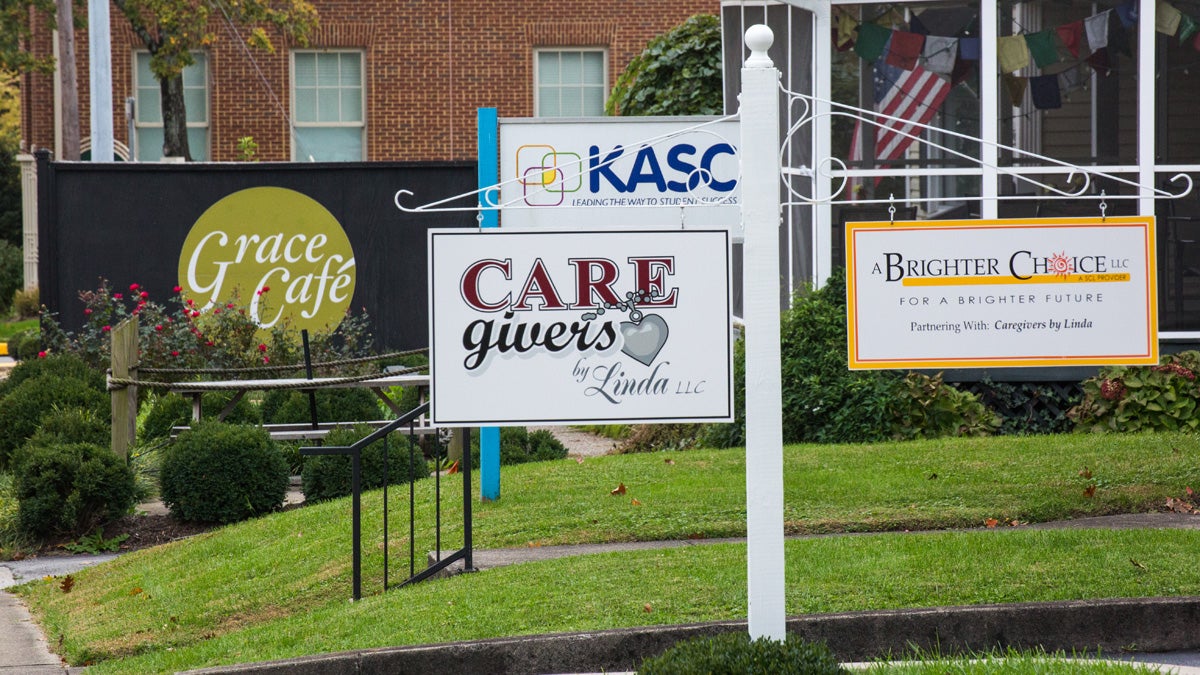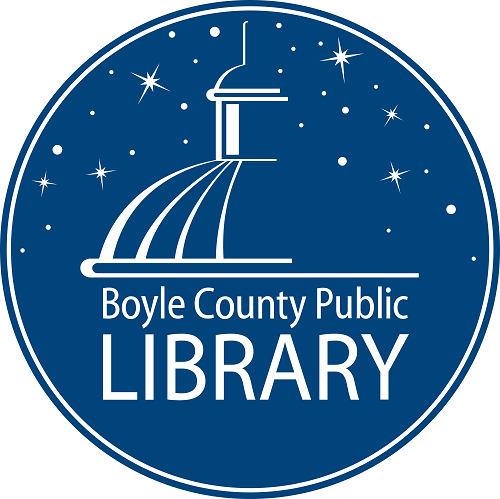Boyle may need new sign ordinance because of Supreme Court case
Published 9:33 am Friday, November 3, 2017

- Ben Kleppinger/ben.kleppinger@amnews.com Business signs line the side of South Fourth Street in Danville. A U.S. Supreme Court ruling from 2015 that made it unconstitutional to regulate the content of signs means the current sign ordinance in Boyle County may need to be rewritten, P&Z Director Steve Hunter has said.
Danville-Boyle County Planning and Zoning may need to redo its sign ordinance because of a U.S. Supreme Court ruling.
Among the many plans P&Z Director Steve Hunter said he has for updating the local zoning ordinance and P&Z subdivision regulations, Hunter said updating the sign ordinance will likely be the toughest to handle.
“I can tell you, any time you do sign regulations, sometimes the wheels fall off,” Hunter told P&Z commissioners this week. “But this Supreme Court case is requiring us to change the style of ordinance that we have. We don’t have an option on that and (Danville) wants us to move in that direction.”
Hunter is talking about the 2015 Supreme Court case Reed v. Town of Gilbert. The justices ruled 9-0 that sign regulations in Gilbert restricting a church’s ability to place temporary signs were unconstitutional, according to Oyez, a multimedia archive of Supreme Court cases created by Cornell’s Legal Information Institute.
“In his concurring opinion, Justice Samuel A. Alito Jr. wrote that this decision does not preclude towns from continuing to regulate signs, but it does stop them from restricting them in an unconstitutional manner,” according to Oyez.
Henry Smith, P&Z attorney, said the Reed case essentially says government can’t consider the content of a sign when it places regulations on signage.
“So if any of your regulation has to do with the text of (a sign), that’s improper,” Smith said.
“Signs are very controversial — we all know that. I would prefer not to go back into the sign ordinance,” he said. “However, the city has given us clear guidance that (Reed v. Town of Gilbert) changes how sign ordinances are to look in the zoning ordinance.”
Hunter said governments are no longer allowed to regulate that “churches do this; campaign signs are like this; industrial signs are like this.”
“Again, you can’t regulate any content,” he said. “So you have to make your sign ordinance really generic, where you say, ‘residential signs are like this.’ And that works for whatever winds up on the ground.”
The current P&Z sign ordinance was passed in 2012, three years prior to the Supreme Court ruling, and does not meet the standards the case created, Hunter said.
“If you look at our ordinance, look to the section on highway commercial, or look at industrial — we’ve got sign rules for every zoning district and we really need to consolidate those into commercial, industrial, residential and make it fairly simpler, make it more general,” he said. “That really throws all of the sign ordinance out and makes it almost a brand new document. We can still always address height, bulk, size, brightness, location, setback — that’s stuff we can do, but we can’t regulate anything related to content.”
Hunter plans to bring the local zoning ordinance piece by piece to the P&Z commission for review and updating over the coming months, as well as P&Z’s subdivision regulations. The subdivision regulations can be updated numerous times as the P&Z commission wishes, but Hunter said he wants to save all the zoning ordinance changes up and present them altogether as a single ordinance amendment.
Hunter said he would probably begin by bringing some easier chapters of the zoning ordinance to P&Z commissioners.
As for the sign ordinance, “we may want to go out to the public and spend a little more time before we roll that into the amendment,” he said.
Hunter pointed to a sample ordinance provided by the Kentucky League of Cities as one possible starting point for a new sign ordinance.
“Regulating signage on the basis of categories, where each category is treated differently, is an unconstitutional content-based regulation” because of the Supreme Court case, according to information provided on KLC’s website with the sample ordinance. “… this sample ordinance … can be used as a basis to bring your code up to compliance and avoid First Amendment headaches.”
The 16-section sample ordinance states its intent is to provide “content-neutral sign standards that allow legitimate signage for agricultural, residential, professional office, business, and industrial activities,” while also encouraging signs that “reduce intrusions and protect property values,” avoid distracting drivers and create “a pleasing community image” for tourists.






